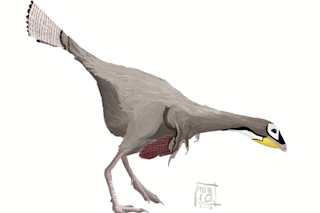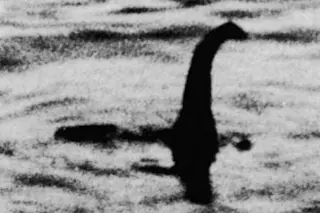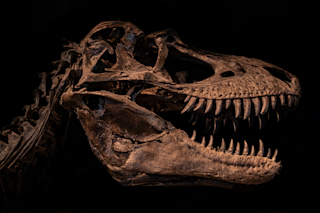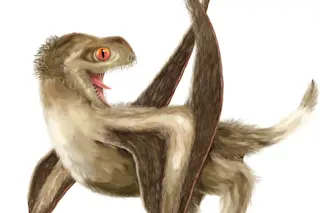Paleontologists are always looking for vast new caches of clues about ancient life but rarely expect to find them. Fossil discoveries tend to come piece meal, one fragment at a time, so we were unprepared for the onslaught of fossils from Liaoning Provincein northeastern China.
The story began in the early 1990s, when Chinese researchers began unearthing intriguing land animals: first a primitive toothed bird, then a more advanced one. Then rumors began to circulate about strange dinosaurs covered with birdlike feathers. Now it seems as if there are more kinds of these creatures than we can count. Dinosaurs everywhere have been reevaluated, even to the extreme of considering that such familiar ones as Tyrannosaurus rex were probably feathered, at least for part of their lives.
During the Early Cretaceous, between 110 million and 140 million years ago, Liaoning was a remarkable place—covered by forests, riddled with lakes, and populated ...














